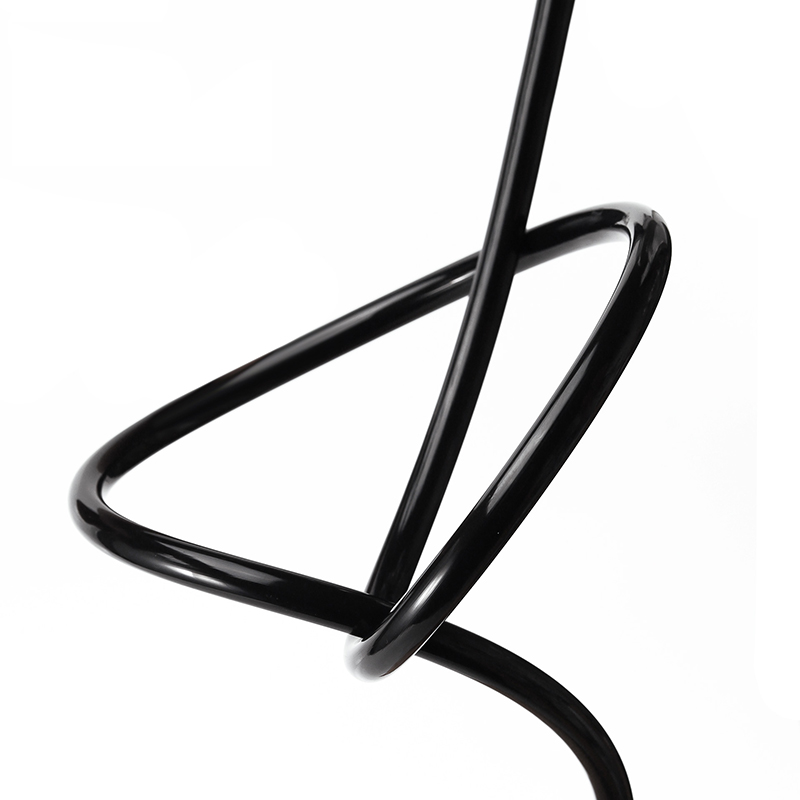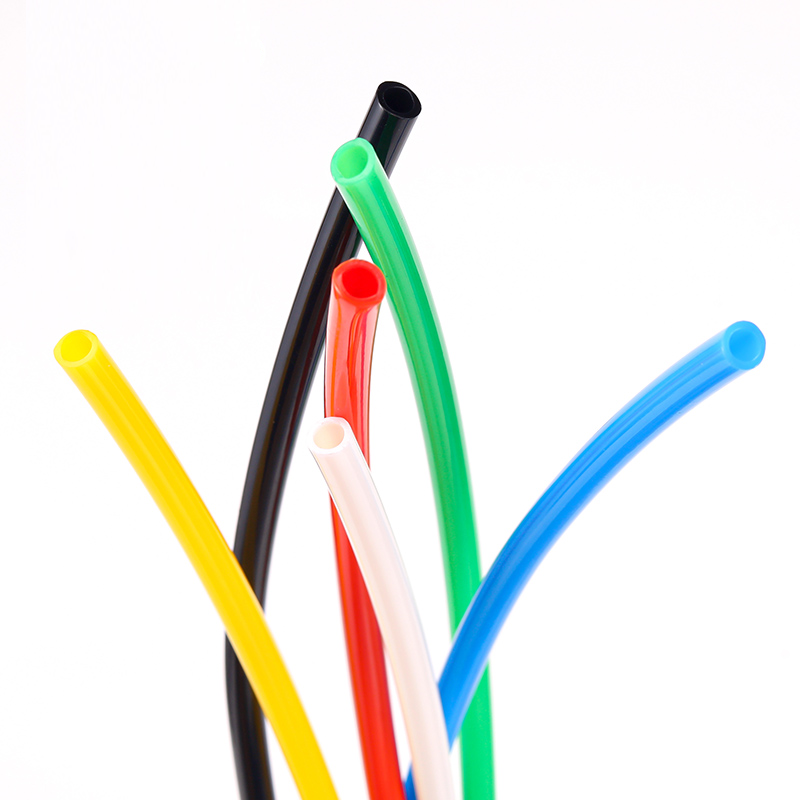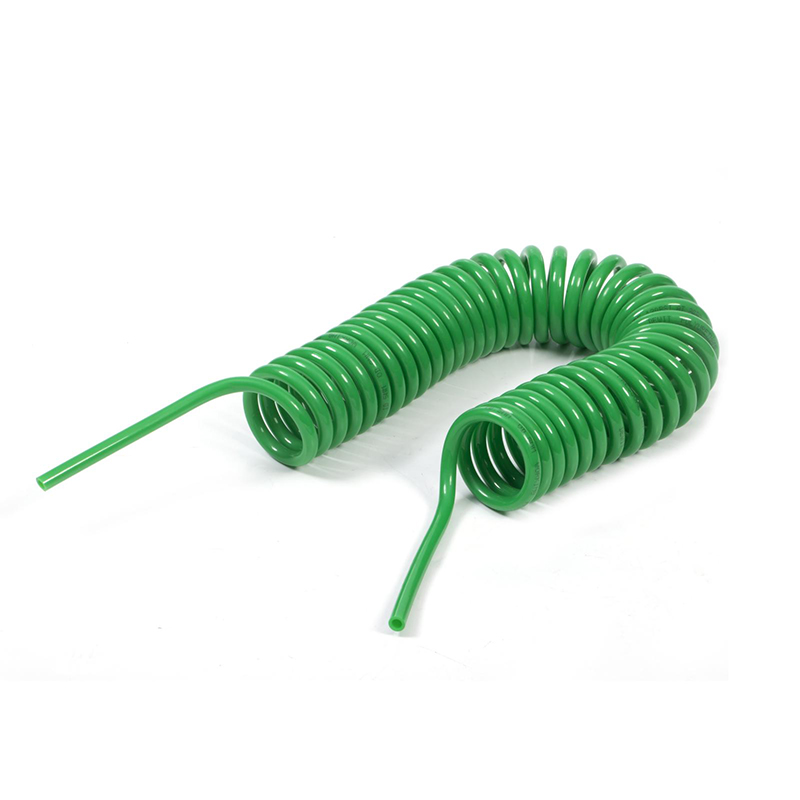Nylon 12 tubing is a specialized type of synthetic polymer tubing that has become increasingly popular across various industries due to its unique properties and versatility. As someone with over 10 years of experience in the field of pneumatic fittings and tubing, I can assure you that understanding nylon 12 tubing is essential for professionals in manufacturing, automotive, aerospace, and medical sectors. This article aims to provide a comprehensive overview of nylon 12 tubing, including its properties, applications, manufacturing processes, and best practices for installation and maintenance. By the end of this article, you will have a thorough understanding of nylon 12 tubing, enabling you to make informed decisions without needing to search for additional information.
What is Nylon 12 Tubing?
Nylon 12, also known as polyamide 12, is a type of nylon that is synthesized from dodecanedioic acid and 1,12-diaminododecane. This unique chemical composition gives nylon 12 its distinct properties, setting it apart from other types of nylon, such as nylon 6 and nylon 66. The molecular structure of nylon 12 contributes to its flexibility, durability, and low moisture absorption, making it an ideal choice for a wide range of applications.
Key Characteristics of Nylon 12 Tubing
- Chemical Resistance: Nylon 12 tubing exhibits excellent resistance to a variety of chemicals, including oils, fuels, and solvents. This property is crucial in applications where exposure to harsh substances is common, such as in automotive and industrial environments.
- Temperature Tolerance: Nylon 12 can withstand a broad temperature range, typically from -40°C to 100°C (-40°F to 212°F). This temperature tolerance ensures that nylon 12 tubing can perform reliably in both high and low-temperature environments, making it suitable for applications in extreme conditions.
- Flexibility and Durability: One of the standout features of nylon 12 tubing is its flexibility. It can bend and twist without breaking, which is essential in applications where space is limited. Additionally, its durability allows it to withstand mechanical stress and strain, ensuring a long-lasting solution for various industries.
- Low Moisture Absorption: Nylon 12 has a low moisture absorption rate, which is critical for maintaining the integrity of the tubing in applications where moisture can lead to degradation. This property is particularly important in food and pharmaceutical applications, where contamination must be avoided.

What are the Common Applications of Nylon 12 Tubing?
Nylon 12 tubing is utilized in a variety of industries due to its unique properties. Here are some of the most common applications:
Automotive
In the automotive industry, nylon 12 tubing is widely used for fuel lines and brake systems. It meets SAE J844 standards, ensuring safety and reliability in critical applications. The chemical resistance and temperature tolerance of nylon 12 make it an ideal choice for these components, where exposure to fuels and extreme temperatures is common.
Pneumatics
Nylon 12 tubing is prevalent in pneumatic systems, including air compressors and robotics. Its compatibility with push-to-connect fittings simplifies installation and maintenance, making it a preferred option for engineers and technicians. The flexibility of nylon 12 allows for easy routing in complex systems, reducing the risk of kinks and blockages.
Food & Pharmaceutical
For food and pharmaceutical applications, nylon 12 tubing is available in FDA-approved grades, ensuring safe fluid transfer. This compliance with regulatory standards is essential for maintaining product integrity and safety in these sensitive industries. The low moisture absorption and chemical resistance of nylon 12 further enhance its suitability for these applications.
Aerospace Applications
In aerospace, the lightweight and high-performance characteristics of nylon 12 tubing make it suitable for various applications, including fuel lines and hydraulic systems. Its ability to perform under extreme conditions is a significant advantage in this field, where reliability and safety are paramount.
Medical Devices
Nylon 12 tubing is increasingly used in medical devices due to its biocompatibility. It is essential for applications such as catheters and fluid transfer systems, where safety and reliability are critical. The flexibility and durability of nylon 12 also contribute to its effectiveness in these applications.
Industrial Applications
In industrial settings, nylon 12 tubing is utilized in pneumatic systems and machinery, providing a reliable solution for fluid transfer and air supply. Its resistance to wear and tear makes it an excellent choice for demanding environments.

How is Nylon 12 Tubing Manufactured?
The manufacturing process of nylon 12 tubing typically involves extrusion and molding techniques. Here’s a detailed look at the process:
- Extrusion: Nylon pellets are heated to a molten state and then forced through a die to create the desired tubing shape. The extrusion process allows for precise control over the diameter and wall thickness of the tubing.
- Cooling: After extrusion, the tubing is cooled to solidify its shape. This cooling process is critical for maintaining the integrity of the tubing and ensuring uniformity.
- Quality Control: Throughout the manufacturing process, quality control measures are implemented to ensure that the tubing meets industry standards and specifications. This includes testing for chemical resistance, temperature tolerance, and mechanical properties.
- Cutting and Packaging: Once the tubing has passed quality control, it is cut to the desired lengths and packaged for distribution. Proper packaging is essential to prevent damage during transportation.
What are the Advantages of Using Nylon 12 Tubing?
When compared to other materials like PVC and polyurethane, nylon 12 tubing offers several advantages:
- Long-term Cost-Effectiveness: The durability and chemical resistance of nylon 12 lead to lower maintenance costs and longer service life, making it a cost-effective choice in the long run.
- Lightweight Nature: The lightweight characteristics of nylon 12 contribute to overall system efficiency, reducing energy consumption and improving performance.
- Versatility: Nylon 12 tubing can be used in a wide range of applications, making it a versatile solution for various industries.
Limitations of Nylon 12 Tubing
While nylon 12 tubing has many benefits, it is essential to be aware of its limitations:
- UV Sensitivity: Nylon 12 can be sensitive to UV exposure, which may lead to degradation over time. It is advisable to use protective coverings or select tubing designed for UV resistance in outdoor applications.
- Temperature Limitations: Although nylon 12 has a broad temperature range, it may not perform well in extreme temperatures beyond its specified limits. Understanding these limitations will help you make informed decisions when selecting materials for your projects.
Installation and Maintenance Best Practices
To ensure the longevity and performance of nylon 12 tubing, proper installation and maintenance are crucial. Here are some best practices:
Installation
- Cutting: Ensure that the tubing is cut cleanly using a sharp blade to avoid fraying or damage at the ends.
- Fitting Compatibility: Verify that the fittings used are compatible with nylon 12 tubing. Push-to-connect fittings are often recommended for ease of installation.
- Avoid Sharp Bends: During installation, avoid sharp bends and kinks in the tubing to prevent stress points that could lead to failure.
Maintenance
- Regular Inspections: Conduct regular inspections of the tubing for signs of wear, damage, or chemical degradation. Early detection of issues can prevent costly repairs.
- Cleaning: Clean the tubing as needed to prevent the buildup of contaminants. Use appropriate cleaning agents that are compatible with nylon 12.

Common Problems & Solutions
Despite its many advantages, nylon 12 tubing can encounter some common issues. Here are a few problems and their solutions:
- Kinking or Bending: If the tubing kinks or bends, it can restrict flow. Ensure proper installation techniques are followed, avoiding sharp bends.
- Chemical Degradation: If you notice signs of chemical degradation, verify compatibility with the specific chemicals being used. Consider alternative materials if necessary.
- UV Exposure: If the tubing is exposed to UV light, it may become brittle over time. Use protective coverings or select UV-resistant tubing for outdoor applications.
How to Choose the Right Nylon 12 Tubing for Your Application?
When selecting nylon 12 tubing, consider the following factors:
- Diameter and Wall Thickness: Choose the appropriate diameter and wall thickness based on the specific application requirements. This will ensure optimal flow and pressure ratings.
- Application Requirements: Assess the specific needs of your application, including temperature, chemical exposure, and flexibility requirements.
- Consult Experts: Don’t hesitate to consult with experts in pneumatic fittings and tubing. Their insights can help you make the best choice for your needs.
Conclusion
Nylon 12 tubing is a remarkable material that offers a wide range of benefits across various industries. Its unique properties, including chemical resistance, temperature tolerance, and flexibility, make it an ideal choice for applications in automotive, pneumatics, food and pharma, aerospace, medical devices, and industrial settings. By understanding its characteristics and following best practices for installation and maintenance, you can ensure optimal performance and longevity for your projects.

